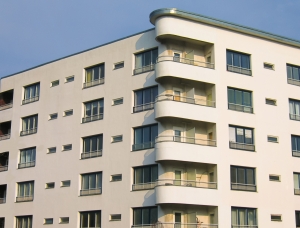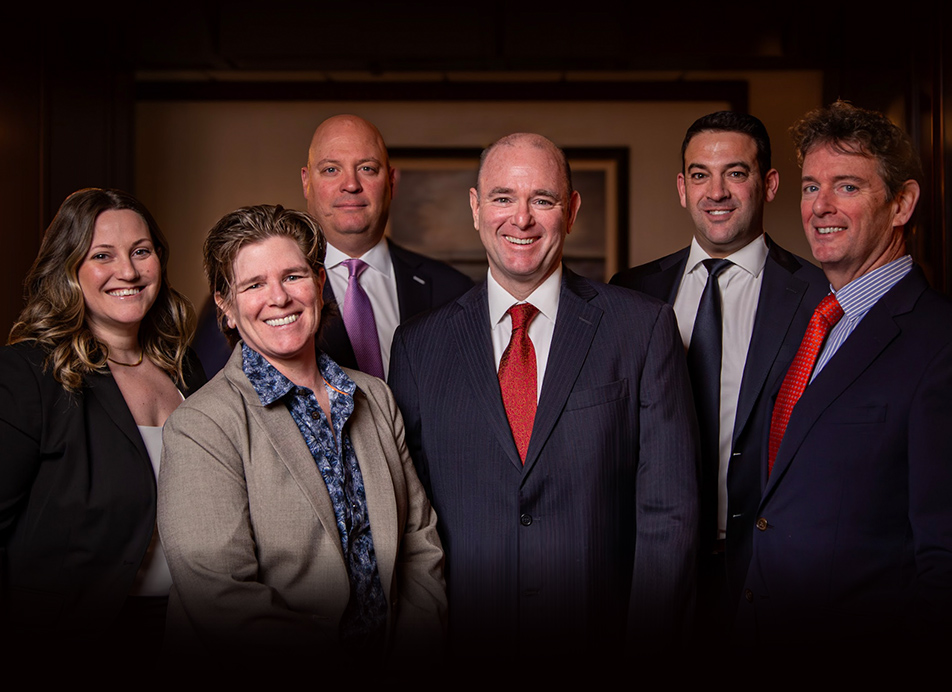Earlier this year, the New York Court of Appeals, the highest court in the State, handed down a decision that was favorable to personal injury plaintiffs seeking compensation for injuries sustained while on another’s property.
The Facts of the Case
In the case, Powers v. 31 E 31, LLC, the plaintiff was a guest at a friend’s second-story apartment. They were having a party and consuming alcohol. At some point, a few of the partygoers decided to crawl out the back window of the apartment and onto the roof of the first-floor apartment.
The partygoers were out there on the roof for several minutes before they went back inside. However, when they got back inside, they noticed that the plaintiff was no longer with them. As they went back out onto the roof to investigate, they noticed that he had fallen down a 25-foot air shaft that was between the building they were in and a neighboring building. The plaintiff suffered debilitating injuries as a result of the fall.
At Trial and on Appeal
At trial, the plaintiff claimed that the property owner was negligent for failing to place some kind of fence or marking around the air shaft, and that the air shaft constituted a dangerous hazard. In helping to prove his case, the plaintiff pointed to New York building codes passed in 1968 and 2008 that required these types of air ducts to have fences or warnings near them.
However, the defendants claimed that the building was not covered by the codes, since the building predated both sets of codes. Thus, the building was exempt form their requirements. In addition, the defendants claimed that the accident was not “foreseeable,” and therefore they were not responsible for mitigating any chance of its occurrence.
The trial court found in favor of the plaintiff, but the defendant appealed to the appellate court. The appellate court sided with the defendant. Then, the plaintiff appealed to the highest New York court.
The Final Appeal
At the New York Court of Appeals, the plaintiff was again victorious. Specifically, the Court noted that the defendant did not make out a clear enough case that the previous building codes (enacted before the building was erected) did not also require some kind of warning around the air duct. This, the court held, was an issue of “material fact” and should be reserved for a judge or jury, rather than an appellate court.
Have You Been Injured While on Another’s Property?
If you have been injured while on another’s property—whether it be a slip and fall or any other kind of serious injury—you may be entitled to monetary compensation based on the property owner’s negligence in maintaining safe premises. Property owners are required to keep safe premises for their guests, and when dangers do arise, they should warn their guests of such dangers. When property owners fail to do so, they may be held liable for any injuries that result. To learn more, and to speak to a New York personal injury attorney about your potential case, call (516) 394-4200 to set up a free initial consultation.
See Other Blog Posts:
New York Nursing Home Successfully Sued for $2 Million After Negligent Care Led to Stage-IV Bedsore, Long Island Injury Lawyers Blog, September 29, 2014.
“Special Knowledge” Jury Instruction Required Reversal of Verdict in Plaintiff’s Favor, Long Island Injury Lawyers Blog, September 29, 2014.

